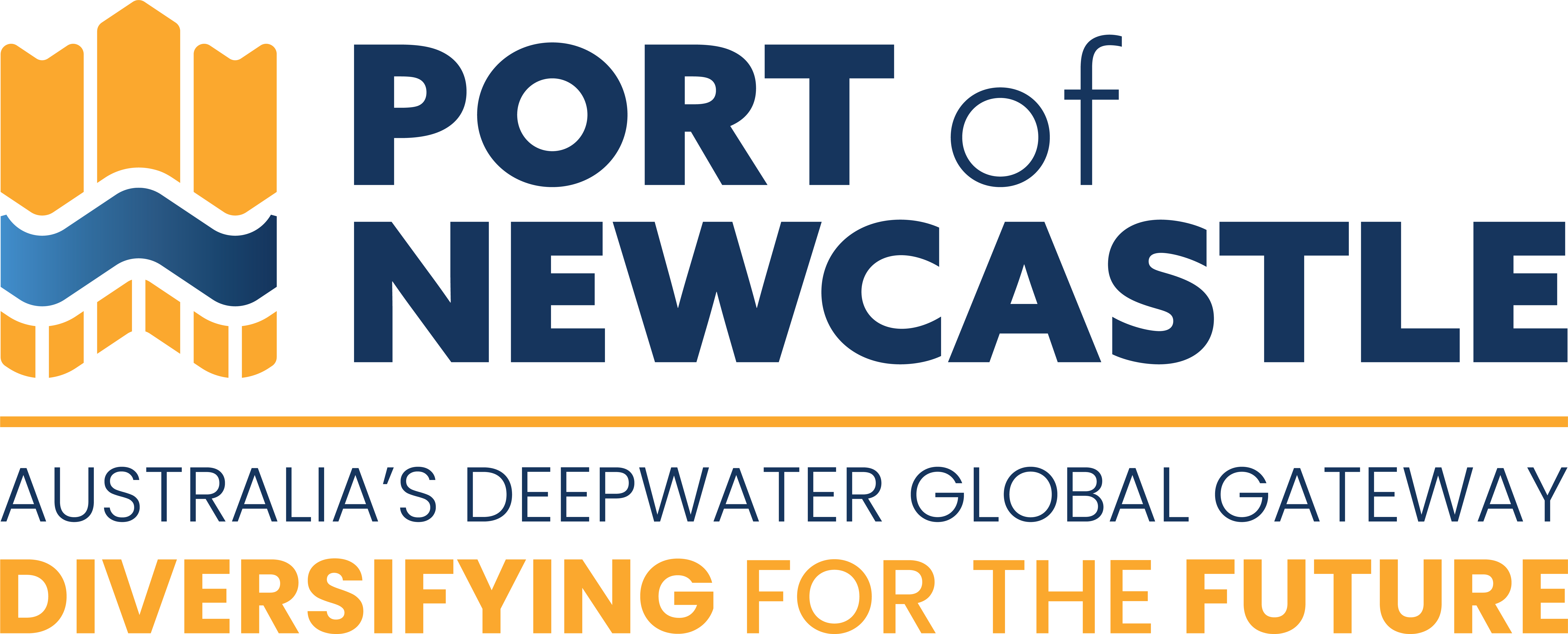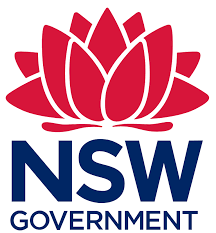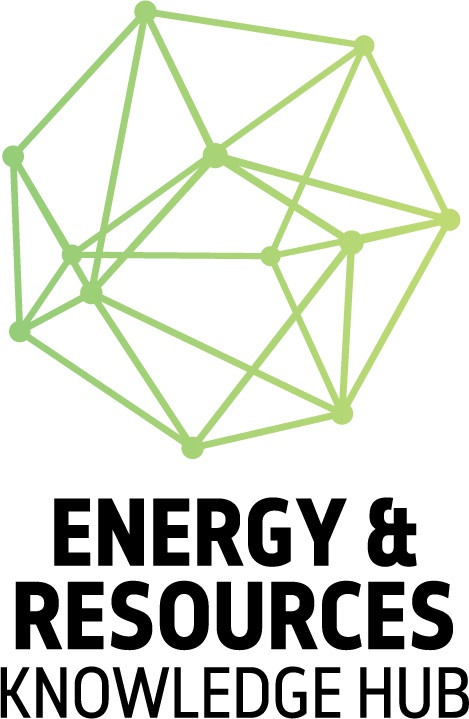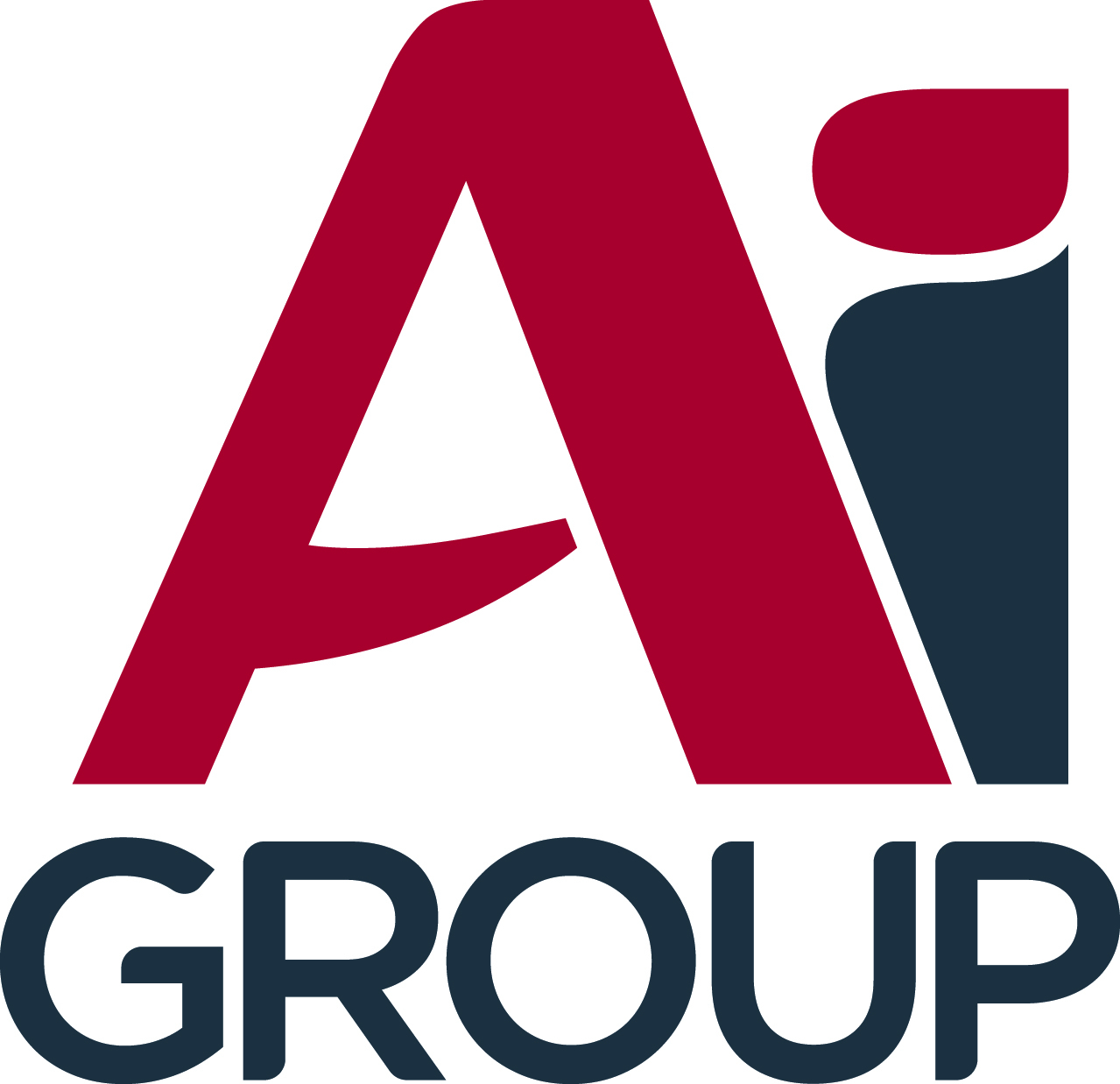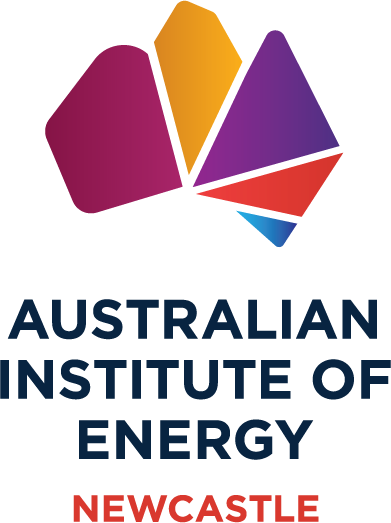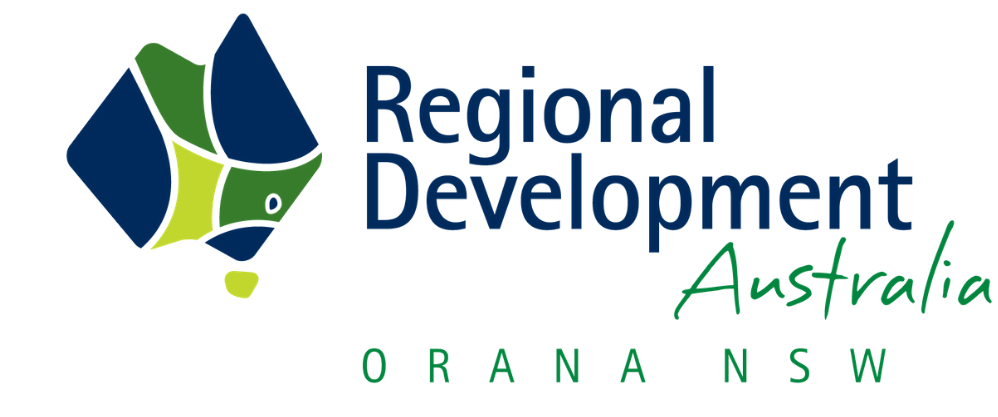Meet the innovators: UNSW's hydrogen fuel cells to power drones in 2025
By combining research, funding, and collaboration, UNSW's Dr Quentin Meyer and Professor Chuan Zhao are working to hone innovation so the aviation sector could eventually transition to hydrogen-powered aircraft, creating opportunities for cleaner skies and new industries.
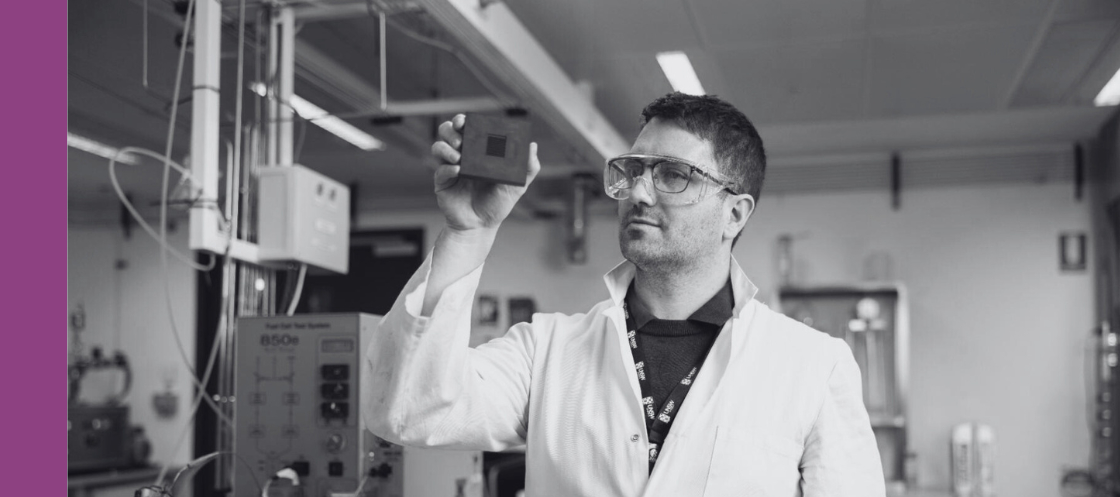
Australia’s aviation sector contributes about 5% of the nation’s carbon dioxide emissions, and hydrogen-powered aircraft could play a major role in cutting this down. Researchers at UNSW Sydney are working on hydrogen fuel cell technology that could help the aviation industry move closer to net zero.
Dr Quentin Meyer and Professor Chuan Zhao, from UNSW’s School of Chemistry, are designing high-temperature fuel cells using low-cost catalysts. Their project, funded by an Australia’s Economic Accelerator (AEA) Seed grant, is focused on powering small drones by early 2025, with plans to adapt the technology for larger aircraft.
Hydrogen fuel cells have been seen as a potential aviation fuel since the 1950s, but challenges remain. One major issue is reducing the weight of the fuel cells, which is critical for their use in aircraft.
“In the aviation industry, you want something as light as possible for take-off, taxi and landing,” Dr Meyer told AEA. “The battery needed to power a truck, for example, accounts for about 30% of its weight – so just imagine the size of the battery needed for a plane flying from Australia to Europe.”
The researchers are designing their fuel cells with integration in mind. “Often, a fuel cell system is made first and then it needs to be redesigned so it can be used in a device,” says Dr Meyer. “But we’ll identify the drone we want at the beginning of the project and then design the fuel cell system around it.”
The team’s ultimate goal is to create lightweight, efficient hydrogen systems that are adaptable for a range of aircraft, including commercial planes. Companies like Airbus are already aiming to launch hydrogen-powered aircraft by 2035, demonstrating the strong market potential for these technologies.
Professor Zhao’s expertise in electrolysers and catalysts is helping to make this vision achievable. Electrolysers, which use electricity to split water into hydrogen and oxygen, are becoming cheaper and more efficient thanks to advances in technology.
“Fuel cells previously used large amounts of platinum, which is both very rare and very expensive,” explains Professor Zhao. “Our fuel cells team, led by Dr Meyer, had several breakthroughs in platinum-free catalysts, which has given us unique tools to develop the next generation of low-cost materials.”
Their prototype fuel cell is expected by early 2025, followed by integration into a drone. Beyond drones, the researchers hope their approach will guide the development of hydrogen systems for larger aircraft.
The AEA program, which supports Australian researchers in commercialising innovative technologies, is part of a broader push to establish a competitive hydrogen industry.



